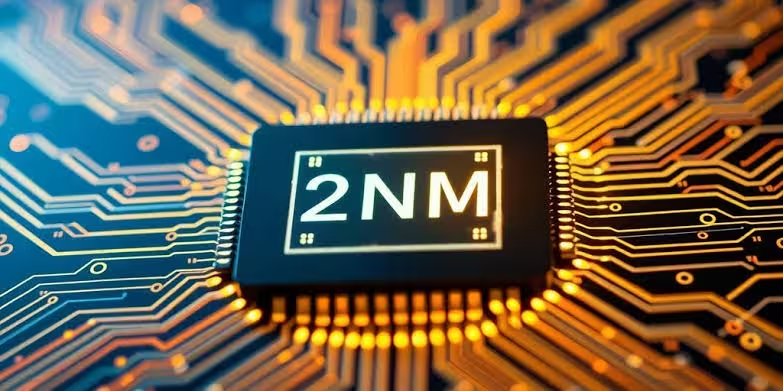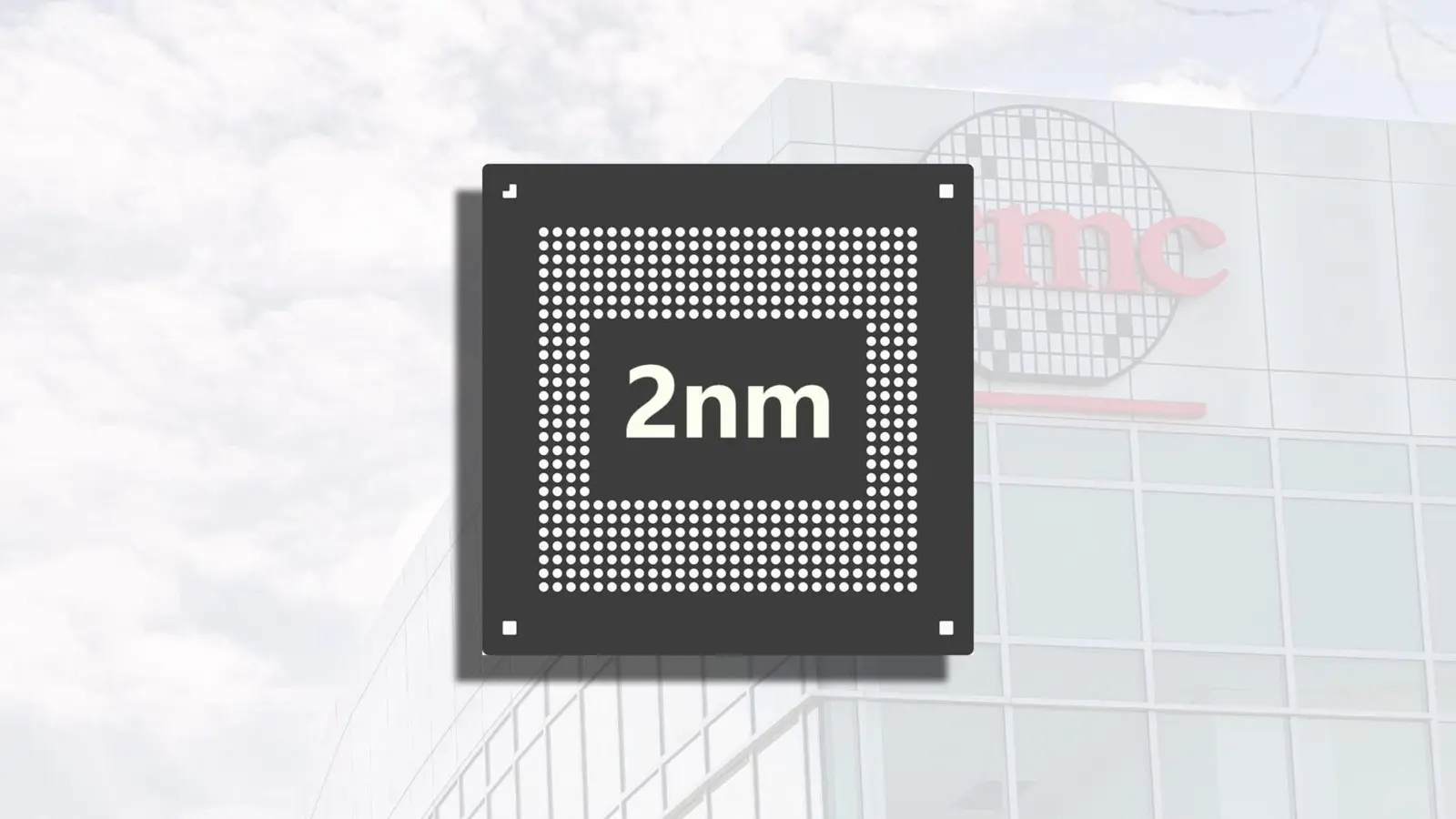4 Minutes
Apple’s 2026 iPhone lineup may be the first mainstream victim of an industry-wide chip price shock. New reports from Taiwan suggest TSMC’s leap to a 2nm process could push silicon costs sharply higher—forcing phone makers to choose between slimmer margins or pricier devices.
Why 2nm chips cost more (and what that means)
According to China Times, TSMC is planning a steep price increase for its 2nm wafers — as much as 50% above the 3nm N3P process that underpins the current A19 chip used in the iPhone 17. That N3P node already represented a noticeable cost jump over prior generations, and Apple absorbed much of that hit to keep retail prices steady. Sources now warn that absorbing another round of higher manufacturing costs may not be realistic.
Imagine a single component pushing a product line’s cost base upward by a large fraction. That’s what designers and finance teams at Apple, Qualcomm, and MediaTek are reportedly juggling. The 2nm transition promises efficiency and performance gains, but it also brings more complex tooling, yield challenges, and higher per-wafer pricing—at least initially.

Could the iPhone 18 see a $50–$100 price bump?
Analysts quoted in recent coverage suggest the base iPhone 18 could arrive $50–$100 more expensive than the iPhone 17 if Apple can’t offset the extra chip expense. That would push the starting price in the US toward or above $849 for the non-Pro model—breaking a price barrier observers have watched closely.
It’s not just Apple that would feel the squeeze. Qualcomm and MediaTek are expected to use the same 2nm process for next-generation flagship silicon powering many Android phones. That means the higher wafer cost could ripple across the whole high-end phone market, tightening margins for manufacturers while raising the bar for what consumers expect in performance per dollar.
Release timing and strategy: a new playbook for Apple?
Reports also hint at a possible shake-up in Apple’s 2026 rollout. The iPhone 18 Pro and Pro Max may still arrive in the usual fall window, while the standard iPhone 18 could slip into early 2027. Alongside it, Apple may introduce an iPhone 18e—an echo of the SE line aimed at budget-conscious buyers. A staggered launch would give Apple more flexibility to manage production costs and spotlight other products, like the long-rumored iPhone Fold.
Staggering releases could be a smart tactical move: it spreads inventory risk, lets the company tune pricing, and gives marketing teams separate narratives to sell. But it also risks confusing customers used to a predictable annual cadence.
Performance gains vs. pricing pressure
There’s a silver lining. The move to 2nm should unlock substantial efficiency and performance improvements—longer battery life, higher sustained CPU speeds, and more headroom for AI features on-device. For many users, those upgrades will be compelling. Still, with rivals such as Oppo and Xiaomi already offering premium hardware at lower prices, Apple and Samsung will need to make a convincing case for any premium.
Ultimately, 2026 could be a turning point: not just another spec bump, but a stress test of how much consumers are willing to pay for cutting-edge silicon. Will better battery life and speed justify a higher ticket? For some buyers the answer will be yes; for others, affordability and value will win out.
Source: gizmochina


Leave a Comment